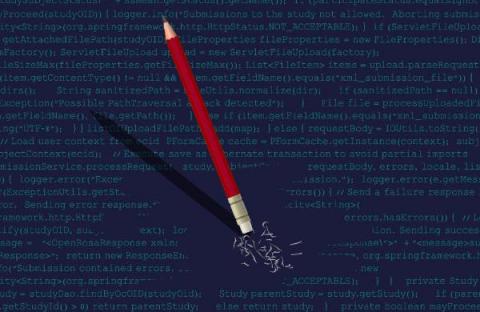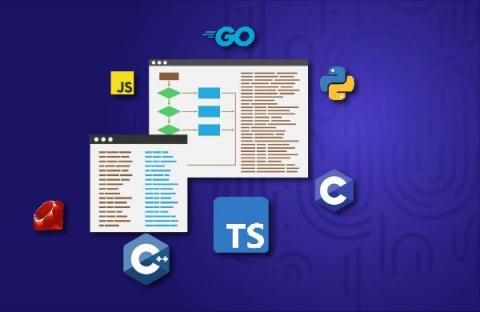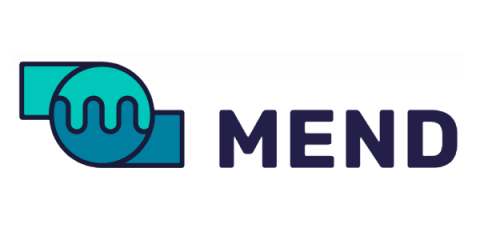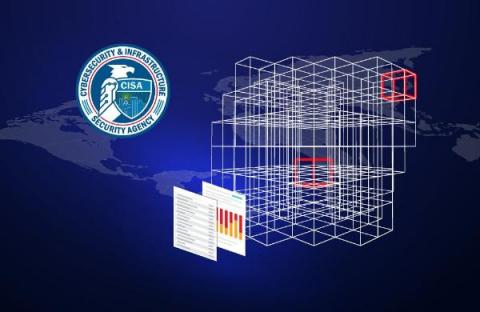Software and AppSec Challenges and Opportunities in Banking and Fintech - Part One
The banking and fintech industries live and die on the reliability of the online services they offer. It’s vital that the sensitive data that the industry handles is robustly protected, and that the software and applications that it uses are secure. For effective software and application security, it’s critical that banking and fintech organizations rapidly detect, identify, and remediate software vulnerabilities.











